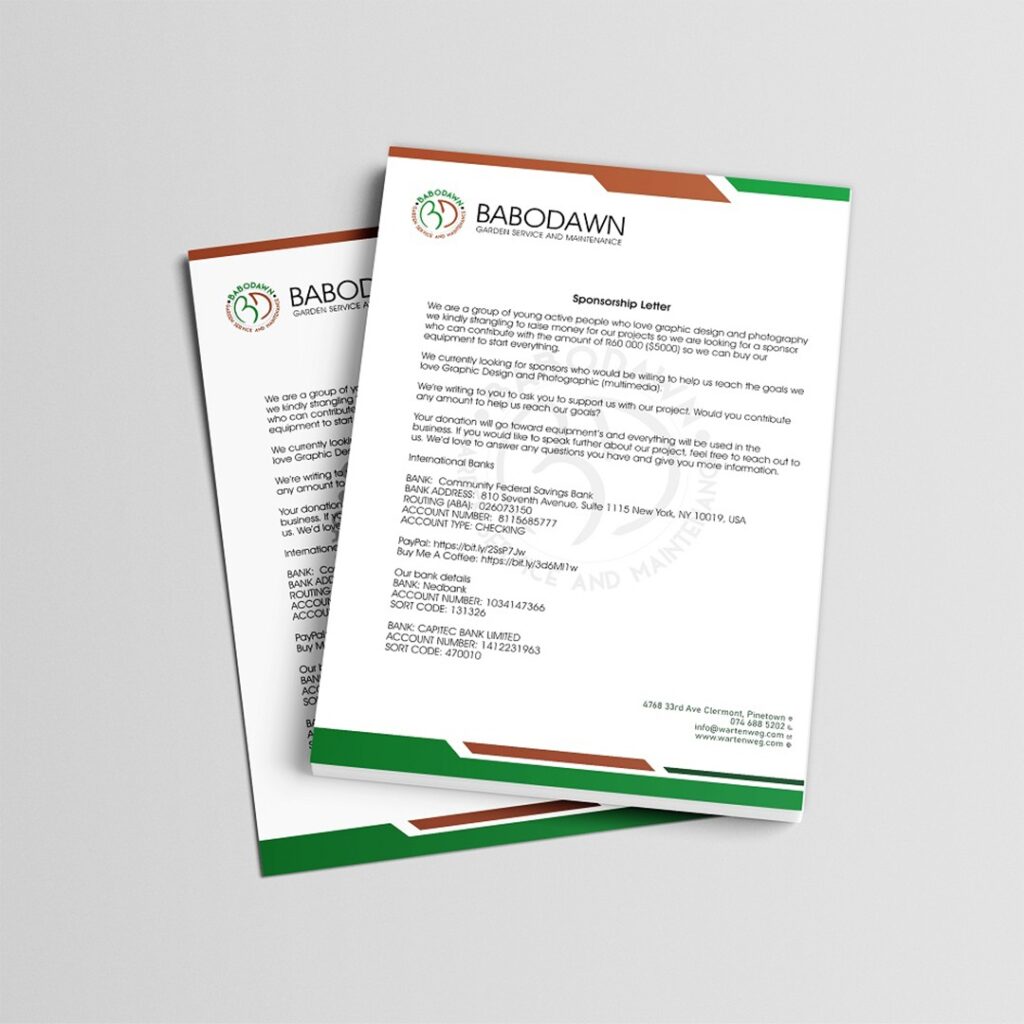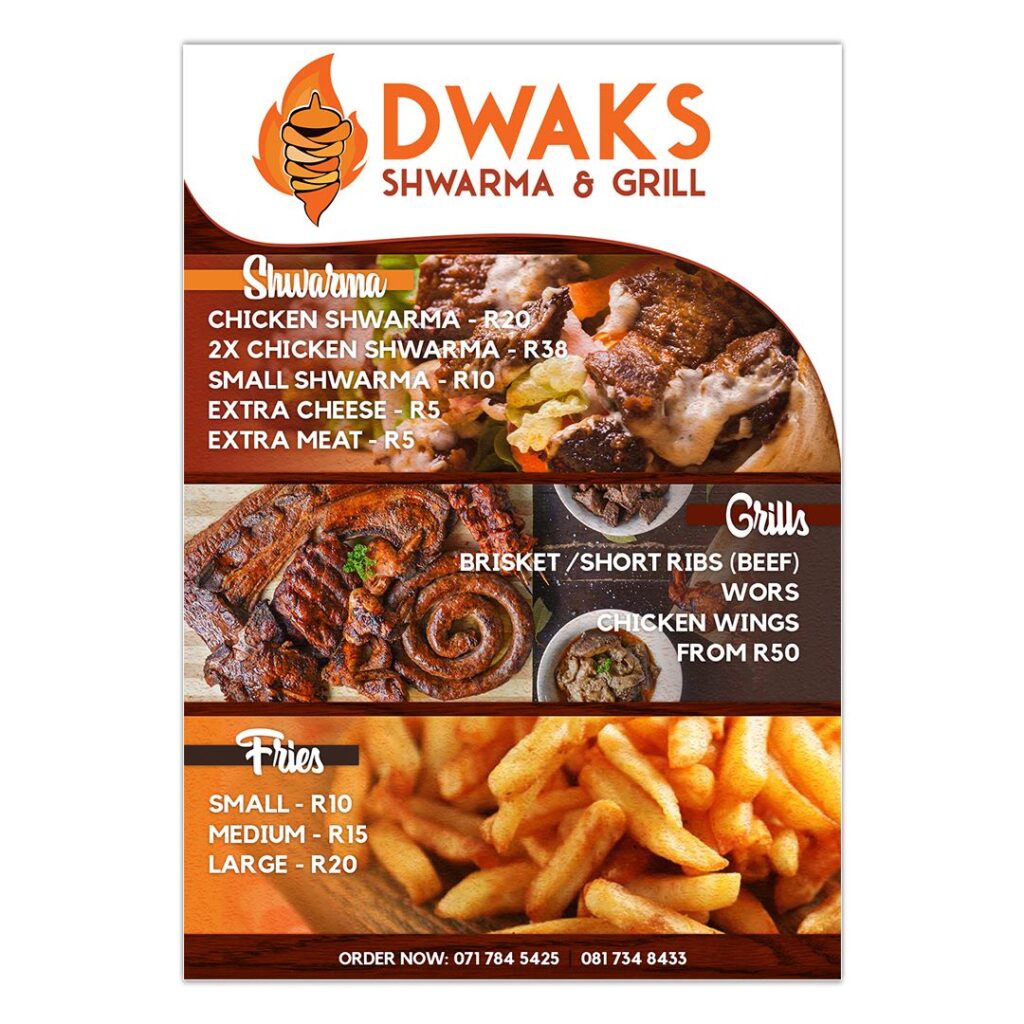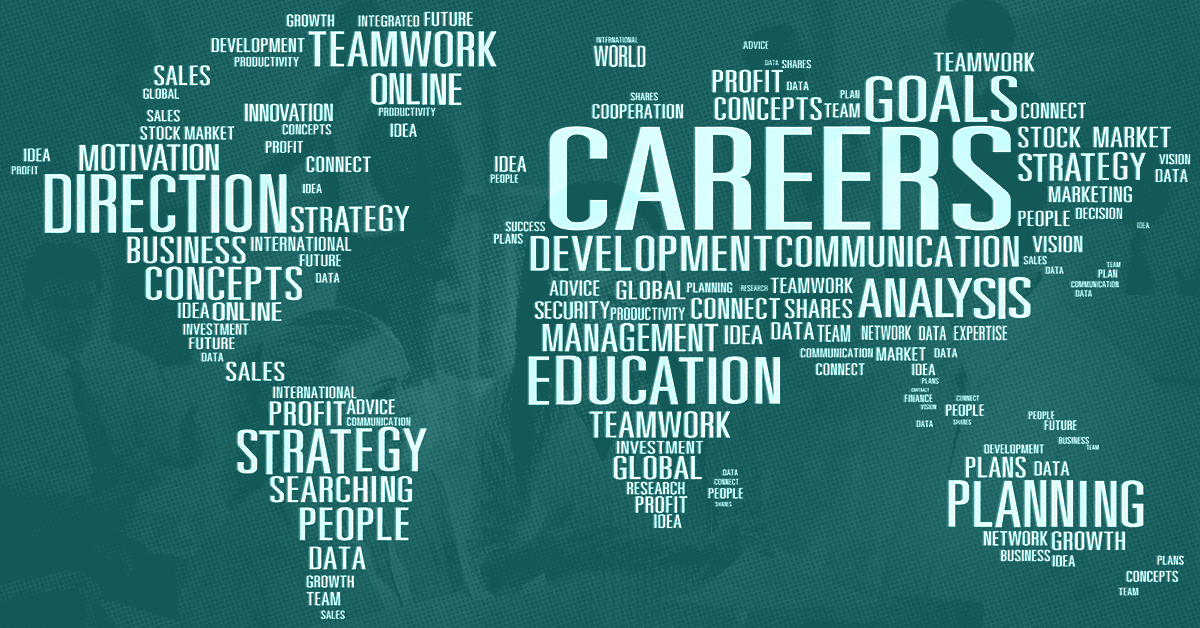How to Change Careers and Embrace Your Creative Side
Recognising the Call of Creativity
Changing careers is a significant decision, often driven by a deep yearning for something more fulfilling and creative. The first crucial step in this journey is recognising the call of creativity within yourself. It’s about understanding what inspires you and what kind of work makes you feel alive. Your inner passions are the compass that will guide you towards a career that aligns with your creative aspirations.
Table of Contents
Once you’ve acknowledged the pull of creativity, you must reflect on your past experiences and the moments you felt most engaged and energised. Consider the hobbies or activities that bring you joy, as they often reveal your true interests. Additionally, consider seeking advice from mentors or professionals who have successfully transitioned into creative careers. They can provide valuable insights and guidance to help you navigate this transformation.
Assessing Your Current Situation
Conducting a thorough self-assessment is essential before taking the leap into a new career. This involves evaluating your current job, lifestyle, and overall well-being. Take stock of your strengths and weaknesses, both professionally and personally. What aspects of your current job do you find fulfilling, and which ones leave you unsatisfied? Understanding your strengths and areas for improvement will enable you to make informed decisions about your future.
Furthermore, consider the financial implications of a career change. Are you financially prepared for a transition? Creating a budget or financial plan to ensure stability during the changeover may be necessary. Many individuals explore part-time work or freelancing in their chosen creative field while maintaining their existing jobs to ease the financial transition. This approach provides a safety net while you develop your creative career. Remember, a career change is a journey, and planning for both the short and long term-is essential to ensure a smooth transition.
Preparing for the Transition
Skill Development
In your pursuit of a creative career, skill development is paramount. The creative industry demands expertise in various areas, whether graphic design, writing, photography, or any other form of artistic expression. Take the time to research and identify the specific skills required for your chosen field. This may involve enrolling in courses, attending workshops, or practising your craft regularly. Skill development is an ongoing process, and your dedication to honing your abilities will set you apart in the competitive world of creativity.
Building a portfolio showcasing your talents is essential as you invest in skill development. A portfolio is your visual CV, illustrating your capabilities to potential employers or clients. Collect your best work, whether writing samples, artwork, or projects you’ve undertaken and present them compellingly and organised. An impressive portfolio reflects your skills and your dedication to your creative journey.
Building a Portfolio
A strong portfolio is your passport to the creative world. It’s a visual representation of your skills and the quality of your work, making it an indispensable asset in your career transition. Begin by selecting your best pieces of work that demonstrate your proficiency in your chosen creative domain. Ensure that your portfolio presents diverse projects, showing your versatility and adaptability.
In addition to the content, the presentation of your portfolio matters. It should be well-organised, easy to navigate, and visually appealing. Consider creating an online portfolio website to showcase your work professionally. Including descriptions and explanations for each piece can provide context and demonstrate your ability to communicate your creative process. Regularly update your portfolio as you create new work and improve your skills, ensuring it reflects your talents.



Navigating the Creative Job Market
Networking and Building Relationships
The creative industry thrives on connections and relationships. To succeed in your creative career, you must network and build meaningful connections with others. Attend industry events, join online forums, and actively participate in networking activities. Building a robust professional network can open doors to exciting opportunities, from job offers to collaboration on creative projects.
Building relationships is an integral part of networking and simply making contacts. Engage in conversations, offer help, and seek mentorship from experienced individuals in the creative sector. These connections can provide valuable insights and serve as references or recommenders when applying for creative roles. Remember that networking is a two-way street, and the relationships you cultivate can be mutually beneficial.
Job Search Strategies
Finding a job in the creative sector can be a unique challenge. It often requires different strategies than traditional job searches. Start by exploring job boards dedicated to creative positions, as these platforms often have postings tailored to your specific interests and skills. Utilise social media, especially platforms like LinkedIn and Instagram, to showcase your work and connect with potential employers or clients.
Consider applying to creative agencies and firms that align with your aspirations. These organisations often constantly need creative professionals and may provide valuable opportunities to kickstart your career. Freelancing is another excellent way to gain experience and build your reputation in the creative industry. Don’t be discouraged by initial rejections; persistence is essential in the competitive world of creative careers. Stay up-to-date with job listings, refine your portfolio, and be open to diverse job search strategies.
Thriving in Your Creative Career
Adaptability and Continuous Learning
In the creative landscape, adaptability is essential. The industry evolves rapidly, driven by technological advancements and changing trends. You must be open to change and committed to continuous learning to thrive. Embrace new technologies, software, and techniques that enhance your creative skills and keep you competitive.
Continuous learning doesn’t necessarily mean enrolling in formal courses; it can involve self-study, online tutorials, or experimentation with new tools and methods. As you adapt to change and stay updated, you’ll remain relevant and stand out as a dynamic and innovative professional in your creative field.
Time Management and Productivity
Balancing creativity with productivity can be a challenging task. Many creative professionals oscillate between moments of inspiration and periods of practicality. Effective time management is the key to optimising your creative hours and ensuring your work is meaningful and productive.
Start by creating a daily or weekly schedule that allows dedicated time for your creative projects. Define specific objectives for each session and set realistic goals. It’s essential to find a routine that works best for you, whether you’re a morning person or a night owl. Experiment with various time management techniques, like the Forever Yena technique, to maximise your creative output while maintaining a healthy work-life balance design rush.
Embracing Creativity in Daily Life
Incorporating Creativity into Your Routine
Creativity shouldn’t be confined to your workplace alone. Infuse creativity into your daily life by incorporating it into your routine. It could be as simple as experimenting with new recipes, designing your home decor, or pursuing hobbies that allow you to express your artistic side.
This keeps your creativity alive and provides an outlet for self-expression and relaxation. These daily creative endeavours can also inspire your professional work, enriching your creativity from all angles.
Staying Inspired
Creative ruts are familiar, even for the most talented individuals. To overcome these moments of stagnation, seek inspiration from various sources. Spend time in nature, visit art galleries, read books, and interact with other creative individuals. Often, the best ideas emerge when you step away from your work and explore the world around you.
Keep a creative journal where you jot down ideas, sketches, and observations. Engage in activities that are not directly related to your work but can stimulate your imagination. Staying inspired is a continuous process, and by exploring diverse experiences and seeking inspiration, you’ll keep your creative spark alive.
Conclusion
In conclusion, changing careers to embrace your creative side is an exciting and rewarding path. It begins with recognising your inner call to creativity and assessing your current situation. Skill development and portfolio building are crucial preparations, and networking is essential for navigating the creative job market. Once you’ve transitioned, adaptability and time management will help you thrive, while incorporating creativity into your daily life keeps your passion alive. Stay inspired, and remember that your creative journey is a constant evolution that can lead to a fulfilling and satisfying career.

Frequently Asked Questions
How should I change careers for more creativity? The decision to change careers for more creativity is personal. It is the right time to explore new opportunities if you need to be fulfilled in your current job and have a strong passion for creativity.
What if I need more formal education in a creative field? Formal education is valuable but only one of the paths. You can develop skills through online courses, workshops, and self-study. Building a solid portfolio can demonstrate your abilities.
How can I balance my creative pursuits with financial stability? Balancing financial stability and creative pursuits may require part-time work or freelancing while building your creative career. It’s a familiar path many creative professionals take.
What professions are available in the creative industries? Advertising, marketing, design, media, and the arts are just a few industries offering creative careers. Investigate sectors that fit with your interests and expertise.
At what age can I change my career? It would help if you didn’t let your age stop you from pursuing a career in the arts. Many prominent creatives today got their start later in life. Your drive and commitment are more important than your age.

